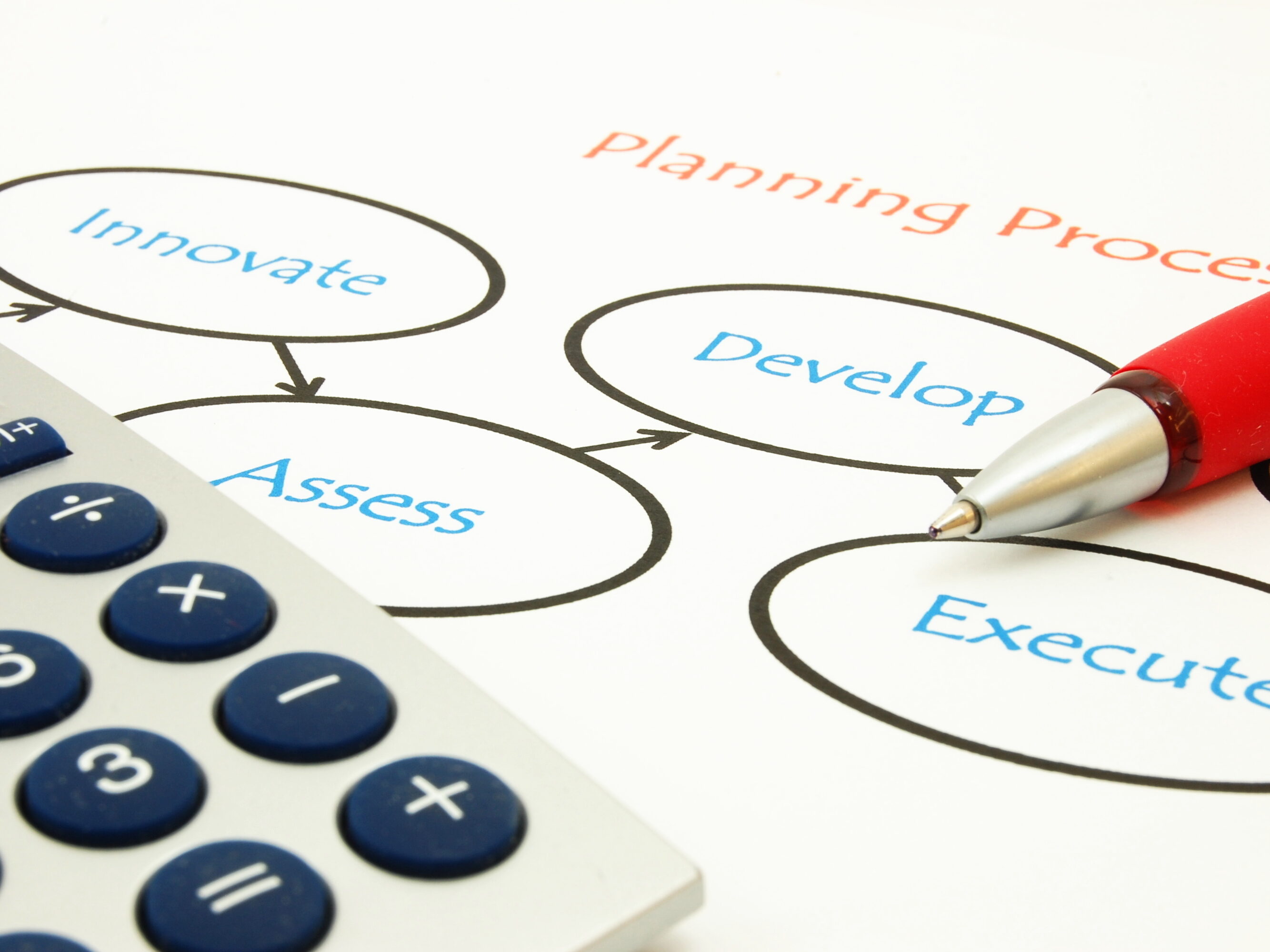Table of Contents
We have been working with several clients over the last few months assisting them with preparing responses to tenders. I thought I would share some of the key themes that are evolving to assist you in considering when preparing and writing your tender responses. Here are five essential tips to help you navigate the tender process successfully:
Understand the Requirements of the tender
Before diving into the response, take the time to read through the tender documents thoroughly and understand what they are asking for. This means reading all the requirements, including appendices, updates and schedules.
Identify the scope of work, specifications, deadlines, evaluation criteria, and any mandatory requirements. Pay close attention to understand the key requirements and expectations to customise your response effectively. If there are any ambiguities or uncertainties, seek clarification from the contact person and attend any tender meetings or presentations.
Answer the Question
Remember, the tender has been written to meet a client’s needs. Not yours.
You need to consider what the tender is asking for, not what you think you can provide. Clearly articulate how you can meet the requirements of the tender. This is the criteria you will be ranked on. You can include information like your track record, expertise, innovative solutions, or cost-effectiveness as long as it emphasises how your offering adds value and addresses the client’s needs and the tender criteria.
Use compelling language and supporting evidence to substantiate your claims and build credibility.
Customise Your Response
Resist the temptation to use your previous submissions and just copy and paste. Instead, customise your response to answer the specific requirements of the tender. Dont be afraid to personalise your approach by addressing the client by name, referencing their objectives and challenges, and demonstrating a clear understanding of their industry and context. Where you can do this shows that you’ve invested time and effort in understanding the client’s needs and developed a customised response.
Provide Clear and Concise Information
Avoid overwhelming the client with unnecessary details or jargon-laden language. Follow the KISS approach—Keep It Simple Stupid.
Present your information in a clear, structured format that is easy to follow and understand. Use headings, bullet points, and visual aids, where applicable, to break down complex concepts and improve readability.
Be concise yet comprehensive in your explanations, focusing on the most relevant information directly addressing the client’s requirements. Remember, quality trumps quantity when it comes to tender responses.
Review and Refine
Before submitting your tender response, conduct a thorough review to ensure accuracy, coherence, and completeness. Don’t be afraid to get someone else to read your response. Proofreading your own work can be difficult.
Double-check for any errors or inconsistencies in spelling, grammar, and formatting using Word spell check or Grammarly. Verify that all required documents and attachments are included and properly formatted according to the tender guidelines. Consider seeking feedback from colleagues or industry experts to gain valuable insights and identify areas for improvement. Refine your response based on the feedback received, fine-tuning your messaging and approach to enhance your chances of success.
Conclusion
In conclusion, responding to a tender requires strategic planning, attention to detail, and effective communication. By understanding the requirements, customising your response, providing clear information, and reviewing rigorously, you can maximise your chances of winning a tender. Stay proactive, responsive, and customer-focused throughout the tender process to build trust and credibility with potential clients.
